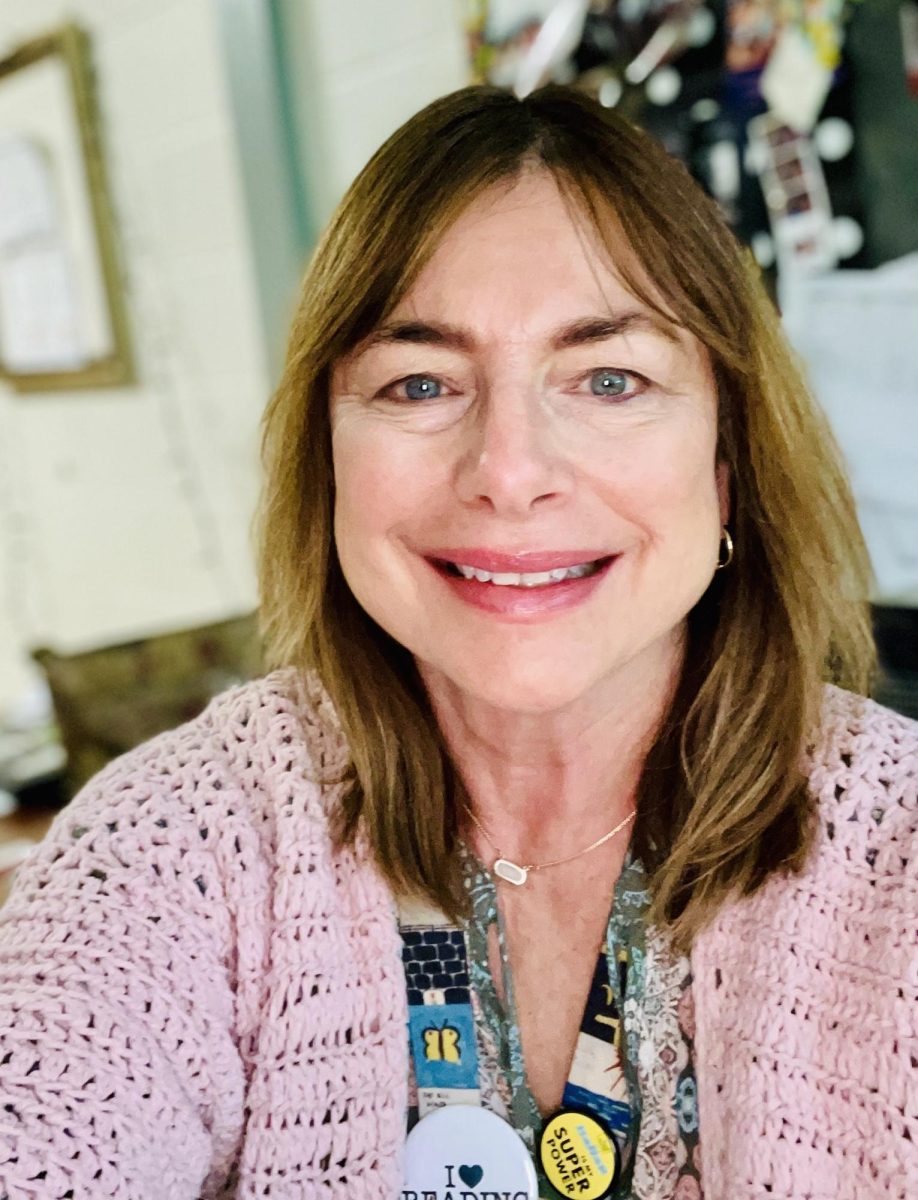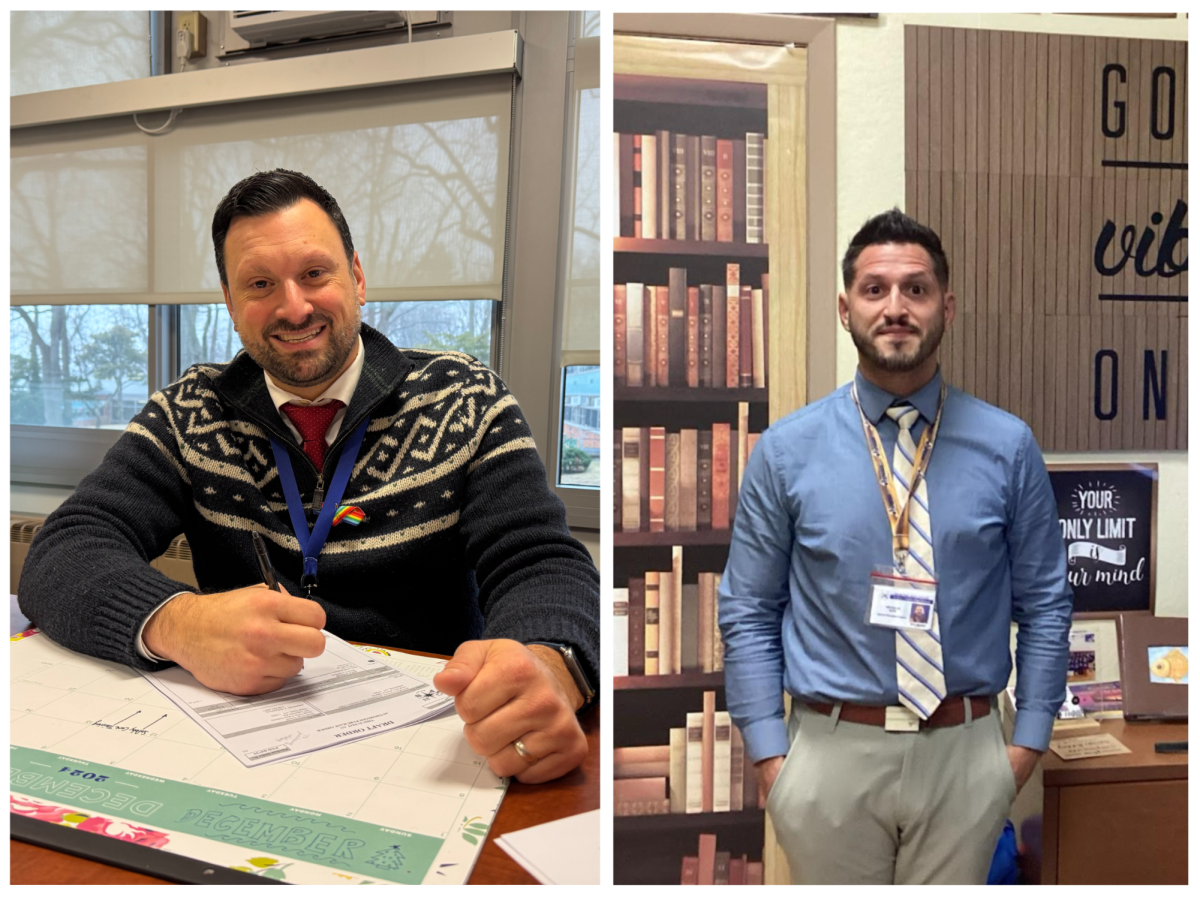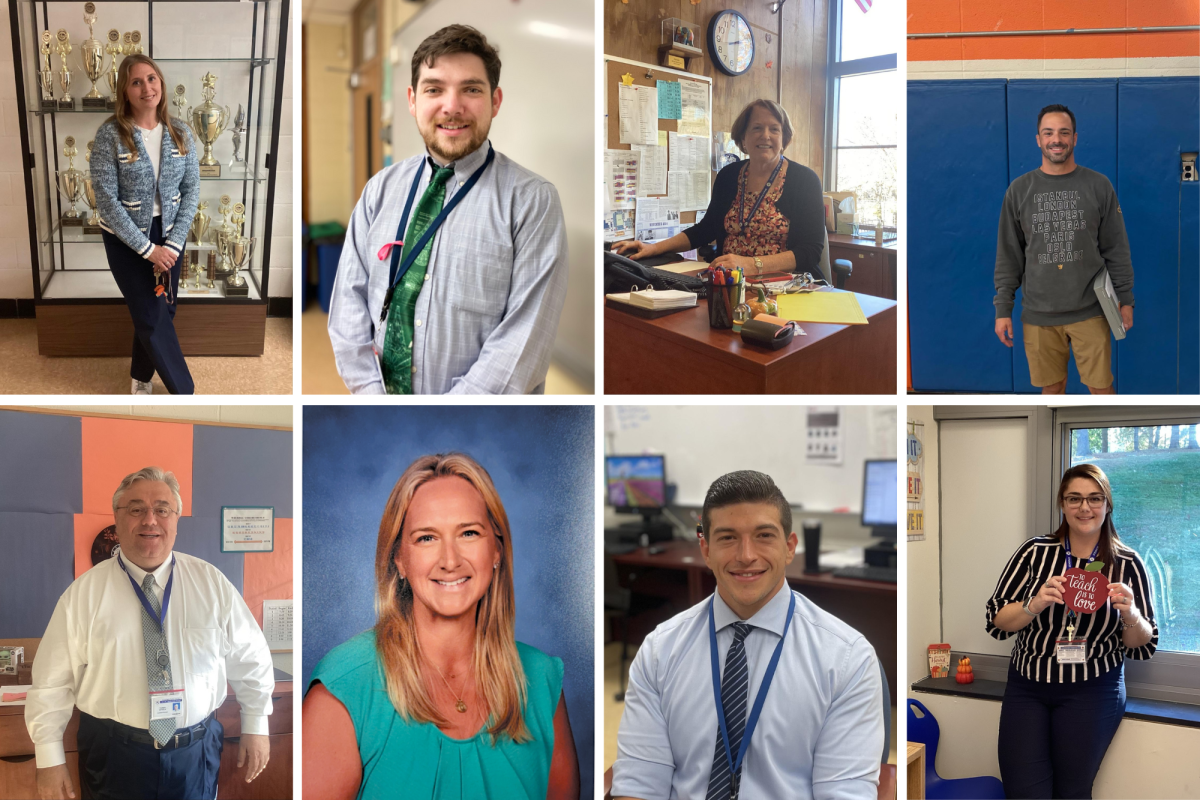By Haley Raphael
It’s 2:32 p.m. One minute left of the school day. Suddenly, freshman Steven Hlampeas’ phone buzzes. He goes to check which one of his friends texted him, but it was not his friend at all: It was his teacher. Hlampeas just received a notification from his Google Classroom app saying that one of his teachers just posted that night’s homework.
Google Classroom is a free, new learning platform that combines Docs, Drive, and Gmail into one application that can be accessed on a computer or a mobile device through student email. Hlampeas said that currently, “most teachers use it to post assignments, study guides, and reminders.”
However, the Google universe can do so much more. Because of all the applications that are connected through this one service, students and teachers alike have access to a variety of functions: sharing documents, editing work through the suggesting tool, viewing revision history that enhances collaboration, creating flash card sets, getting text notifications when a teacher posts an assignment, and collecting assignments paperlessly.
Social studies teacher Mr. Timothy Madden says that this last feature—collecting assignments online—is by far his favorite because for teachers who “aren’t very organized,” this tool compiles all students’ work virtually, so teachers cannot misplace it.
Students like Hlampeas also appreciate the assistance with organization: “I like having all my homework posted online because I can always access it.” Hlampeas added, though, that when he goes online, he gets very distracted: “Yesterday I was working on Classroom, and I opened a new tab and somehow ended up on Youtube for two hours,” he said.
Senior Ramya Kumar also has mixed feelings. Although she “[hates] technology in general,” she recognizes that technological developments are driving the future, and she is “just going to have to accept it and hope to see the benefits eventually.”
Kumar thinks this technological shift will be easier for younger students than it has been for her. Last year, she had to read Macbeth on an iPad. Halfway through the book, she gave up and exchanged her iPad for a hard copy of the play. “If you grew up with [this] technology, you would like it,” she surmised. “Even though there is only a four-year age difference between seniors and freshmen, it should be a lot easier for younger students than it was for me with Macbeth.”
According to principal Ms. Susan Elliott, Google Classroom was primarily chosen because the district wanted to have “a unified system where every classroom spoke the same technological language,” and Google Classroom seemed like the logical option because the middle school students were already using it.
Ms. Elliott hopes that Google Classroom “will broaden the scope of the classroom and allow things to go beyond the little classroom.” She believes that “teachers should be the architects in the classroom, but the voices you hear should be the students’.” However, Ms. Elliott stressed that “nobody has to use Google Classroom. It is not like you will get fired if you don’t use it. We just want everybody to see the benefits of it.”
Throughout the school year, students and teachers alike will be experimenting with this new learning platform.





